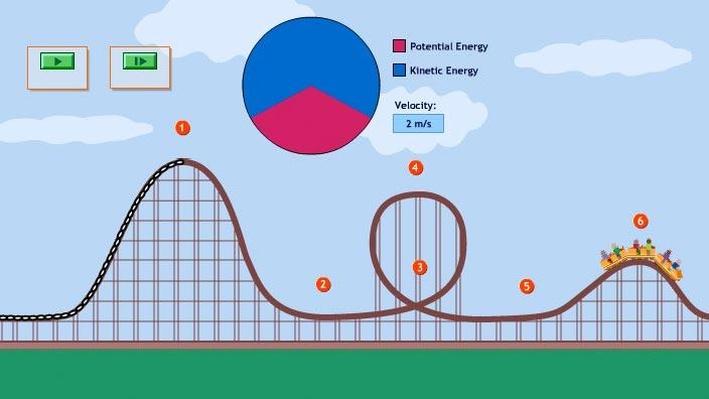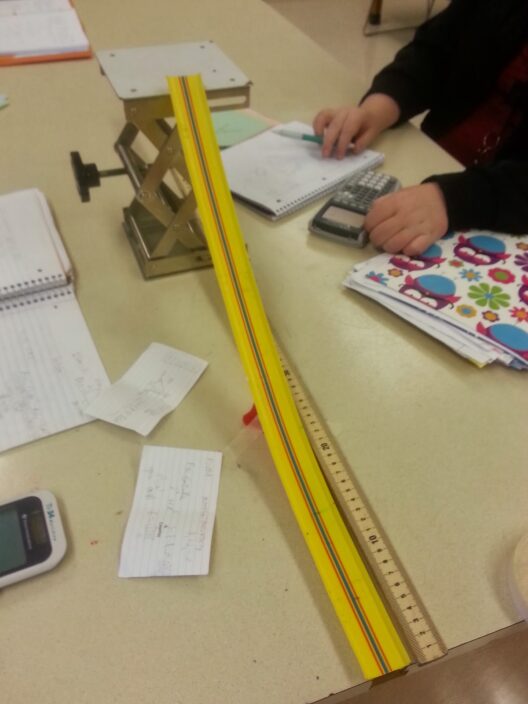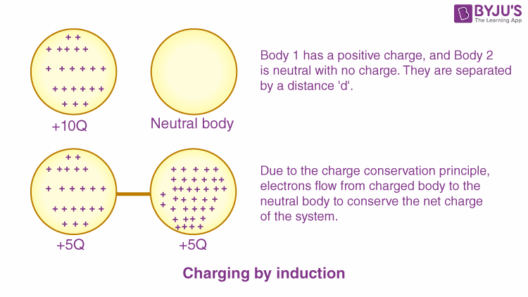Have you ever wondered how the exhilarating experience of soaring through the air on a roller coaster connects to the fundamental principles of physics? More than just a thrilling ride, a roller coaster is a remarkable demonstration of energy conservation in action. The principles governing roller coasters illustrate not only the laws of motion and energy transformation but also the delicate balance we must maintain with our environment. So, how do roller coasters illustrate the conservation of energy? Join us as we explore this fascinating intersection of physics and fun while also presenting a unique challenge: how can we apply the lessons learned from roller coasters to promote sustainable practices in our everyday lives?
At the heart of every roller coaster lies the principle of conservation of energy. This principle states that energy cannot be created or destroyed; it can only be transformed from one form to another. As the coaster climbs to its highest point, mechanical energy is stored due to gravitational potential energy. The ride’s initial ascent is powered by a chain lift mechanism or other mechanical means, requiring a significant amount of energy input. Once the roller coaster reaches its zenith, a thrilling new chapter begins.
When the coaster plunges from this elevated position, potential energy is converted into kinetic energy, the energy of motion. This transformation is a breathtaking spectacle, as riders feel the exhilarating rush of descending rapidly toward the ground. The conversion from potential to kinetic energy exemplifies the foundational concepts of energy in motion—energy transferred with vigor and thrill. However, this exhilarating experience is not just an isolated phenomenon. It serves as an excellent illustration of gravitational energy conversion and the innate beauty of physics in action.
As the ride progresses, the roller coaster navigates an intricate course of twists, turns, and loops. Along the track, momentum plays a pivotal role. Momentum, a product of mass and velocity, is conserved throughout the ride, allowing the coaster to glide through loops and over hills seamlessly. This continuous cycle of energy conversion not only keeps riders on their toes but also showcases the efficiency of energy use in the mechanical design of roller coasters. Understanding this energy flow helps illuminate how mechanical engineering principles can be utilized in sustainable designs across various industries.
Yet, the appeal lies not only in the thrilling experience but also in the environmental implications of energy conservation. Roller coasters efficiently harness and manipulate energy through engineered systems. By examining how these rides function, we can find innovative ways to save energy and reduce waste in our daily lives. For instance, consider the implementation of regenerative braking systems in transportation technologies. These systems capture kinetic energy produced during travel and convert it back into electrical energy, reducing the overall energy expenditure of vehicles. The lessons we learn from roller coasters can translate into practical, eco-friendly applications that minimize our environmental impact.
What if we took it a step further? Imagine if the principles of energy conservation employed by roller coasters extended beyond amusement parks and into the realm of renewable energy. Just as roller coasters utilize gravitational forces to their advantage, we can harness solar, wind, and hydroelectric energies to generate clean, sustainable resources. The dynamic energy transformations witnessed on a roller coaster can inspire us to innovate and develop fresh solutions for energy efficiency and conservation in our homes and industries.
As we consider the implications of energy conservation in the context of roller coasters, we must acknowledge the challenge presented by climate change. The world is at a critical juncture, grappling with increased greenhouse gas emissions and dwindling natural resources. It requires a collective effort to mitigate these impacts, and an awareness of energy conservation can significantly contribute to climate action. By educating ourselves and others about the essential nature of energy flow and transformation, we can embark on a journey towards sustainable living—one that echoes the thrills of a roller coaster ride.
Sustainable practices, coupled with the principles derived from roller coasters, can revolutionize how individuals and communities approach energy consumption. Simple behavioral changes like reducing energy use during peak times, investing in energy-efficient appliances, and utilizing innovative technologies can lead to substantial radiation reductions. Moreover, transitioning to renewable energy sources can replace traditional energy methods that deplete natural resources and accompany environmental costs.
Riders embrace the adrenaline rush fueled by gravitational forces while roller coasters illustrate the intricate dance between different types of energy. Yet, the message extends beyond mere entertainment. The challenge remains: how can we elevate our awareness of energy conservation to confront the urgency of climate change? Just as the roller coaster ride illustrates the science behind energy transformations, let that serve as a metaphor for our lives. Let’s transform our relationship with energy and, ultimately, our planet.
By channeling the same creativity and engineering excellence that produce thrilling roller coaster experiences, we can develop an arsenal of solutions that prioritize conservation and sustainability. Embracing responsible energy consumption now can result in profound impacts for generations to come. Just as every twist and turn on a roller coaster ride leads to a grand finale, our commitment to energy conservation can lead us to a future where natural resources are preserved, and the thrill of life on Earth is safeguarded.
In conclusion, the next time you find yourself on a roller coaster, take a moment to appreciate the intricate relationship between energy conservation and entertainment. The thrill of the ride is not only about the exhilarating experience; it serves as a reminder of the pressing need to innovate and embrace sustainable practices in our daily lives. The laws of energy are at play in both worlds, prompting the ultimate question: how can we shove ourselves a little closer to conservation in our quest for fun and adventure?








